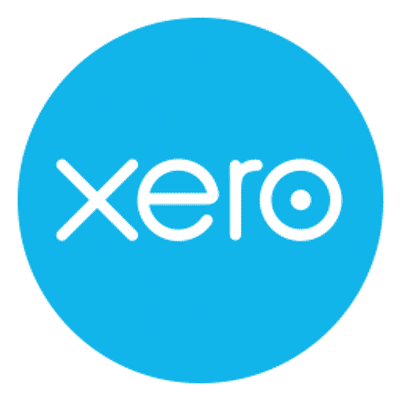EasyEcom is a Inventory Management Software. EasyEcom offers Transfer Management, Traceability, Supplier Management, Shipping Management, Serialized Inventory Tracking and many more functionalities.
Some top alternatives to EasyEcom includes Ecomdash, Unleashed, Multiorders, EazyStock and EZOfficeInventory.
Yes, EasyEcom provides API.
Yes, EasyEcom provides a mobile app.
EasyEcom is located in Atlanta, GA
EasyEcom offers Quotation Based pricing model
Yes, EasyEcom can integrate with Quickbooks, Xero, KartRocket, PayPal and many more.You can find more integration for EasyEcom here
The starting price is not disclosed by EasyEcom. You can visit EasyEcom pricing page to get the latest pricing.









































